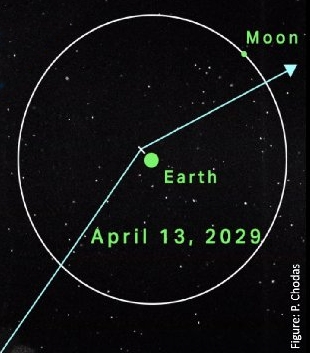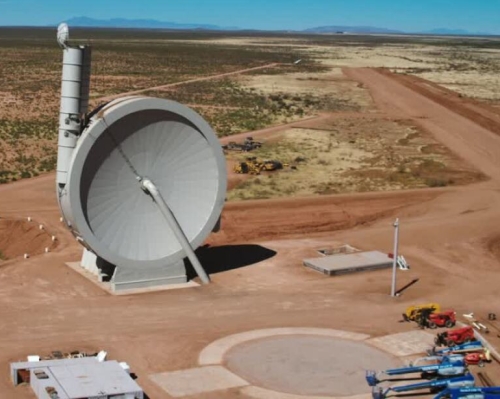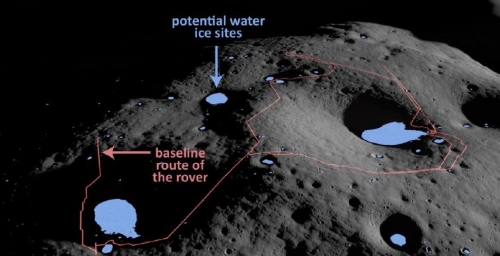UPDATE: NASA today decided to scrub a fourth attempt to complete a full dress rehearsal countdown of its SLS rocket on April 21 later this week, and roll the rocket back to the vehicle assembly building (VAB).
NASA said that its contractors, as well as its agency’s, will use the next several weeks to address problems that cropped up during the fueling tests when the SLS rocket returns to the large Vehicle Assembly Building. For example, gaseous nitrogen system supplier Air Liquide will upgrade its capabilities. NASA will also replace a faulty check valve on the upper stage of the rocket, as well as fix a leak on the mobile launch tower’s “tail service mast umbilical,” a 10-meter-tall structure that provides propellant and electricity lines to the rocket on the pad.
This situation is increasingly becoming a big problem for NASA, and the SLS rocket. After returning it to the VAB it will take several weeks to address the issues that caused the aborts on the previous attempts. If the agency then repeats the wet dress rehearsal to make sure all is well and then returns the rocket again to the VAB, it would delay the actual launch to late summer or early fall. At that point the two strap-on solid rocket boosters will have been stacked almost two years, almost twice as long as they are supposed to before launch.
The agency could attempt to roll out the rocket for a dress rehearsal, and then proceed directly to launch. That would allow the possibility of a launch in the early summer, but for that plan to work everything must work perfectly.
The many problems during the dress rehearsal were in themselves not bad marks against the rocket or program. This was a test to iron out kinks in the launch procedures, and such issues should be expected. The real problem is that these kinks during launch countdown are being worked out now, at the very end of development, rather at the beginning. They suggest that the rocket has a lot of engineering loose ends that were not thoroughly tested and worked out in development, thus increasing the likelihood of a complete failure during actual launch.
This rocket was first conceived in 2004. Its development, in fits and starts, has now been on-going for 18 years. The total cost exceeds $30 billion (not including the $20 billion or so spent on the Orion capsule). That it is not ready to launch is a striking condemnation of our entire government. The rocket was designed by Congress, and NASA’s program to build it has been costly, slow, and poorly managed, from the beginning.
As I wrote in 2011, it should have been scrapped more than a decade ago, replaced with rockets from the private sector. Had our incompetent federal government done that we would likely be launching humans to the Moon, now, and saved a lot of money in the process.
Original post:
—————-
NASA has now scheduled for no earlier than April 21, 2022 its fourth attempt to complete a SLS dress rehearsal countdown, stymied the last time by a hydrogen fuel leak.
Each delay puts further pressure on the agency’s hope of launching in June. And each launch delay puts the rocket’s solid rocket boosters farther and farther past their use-by date that officially arrived in January.



